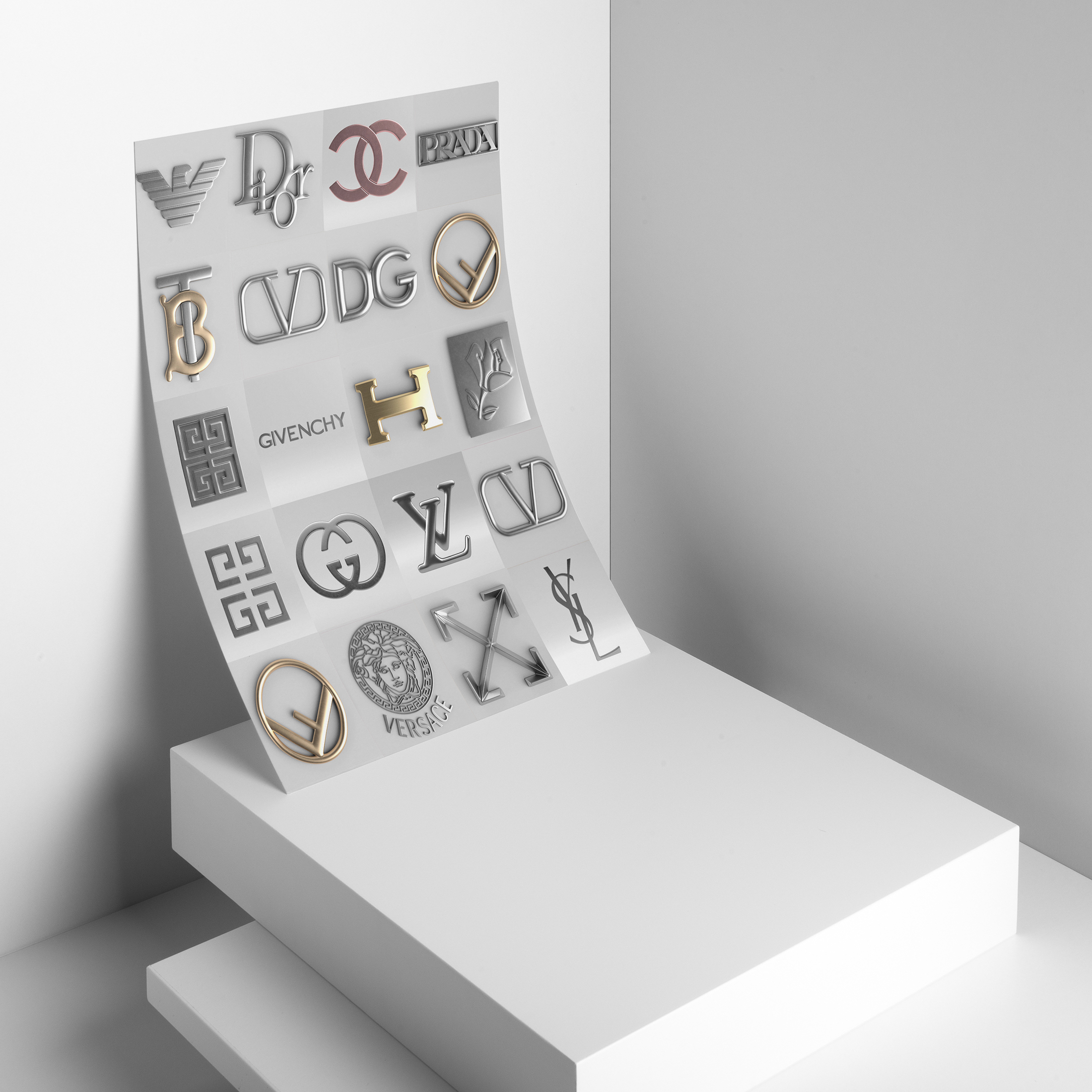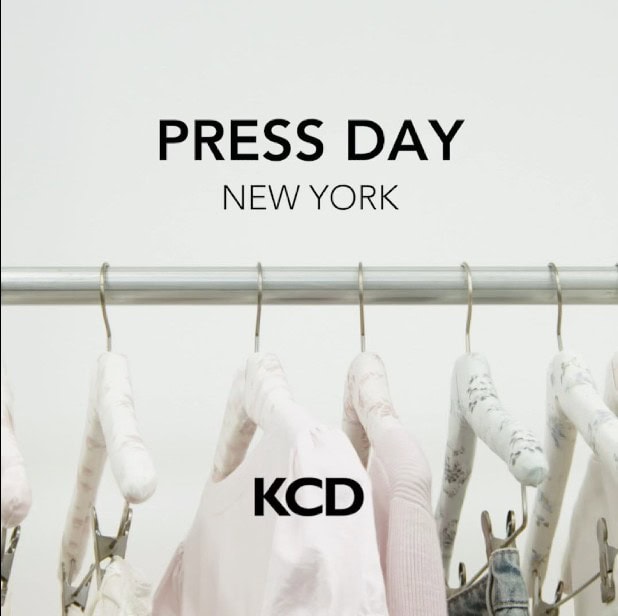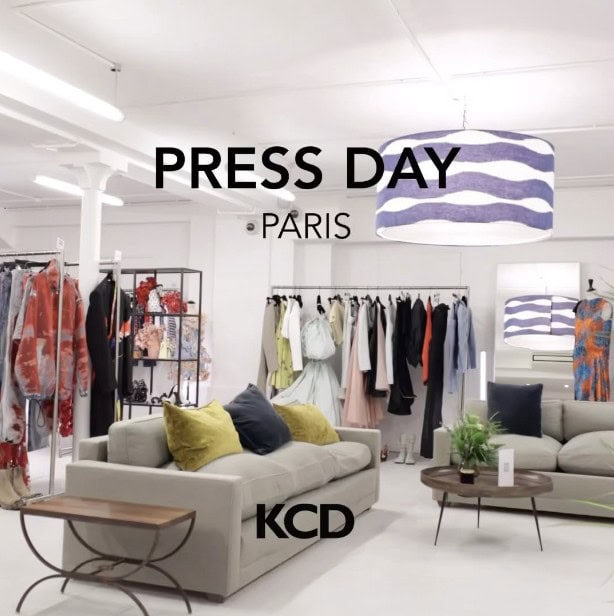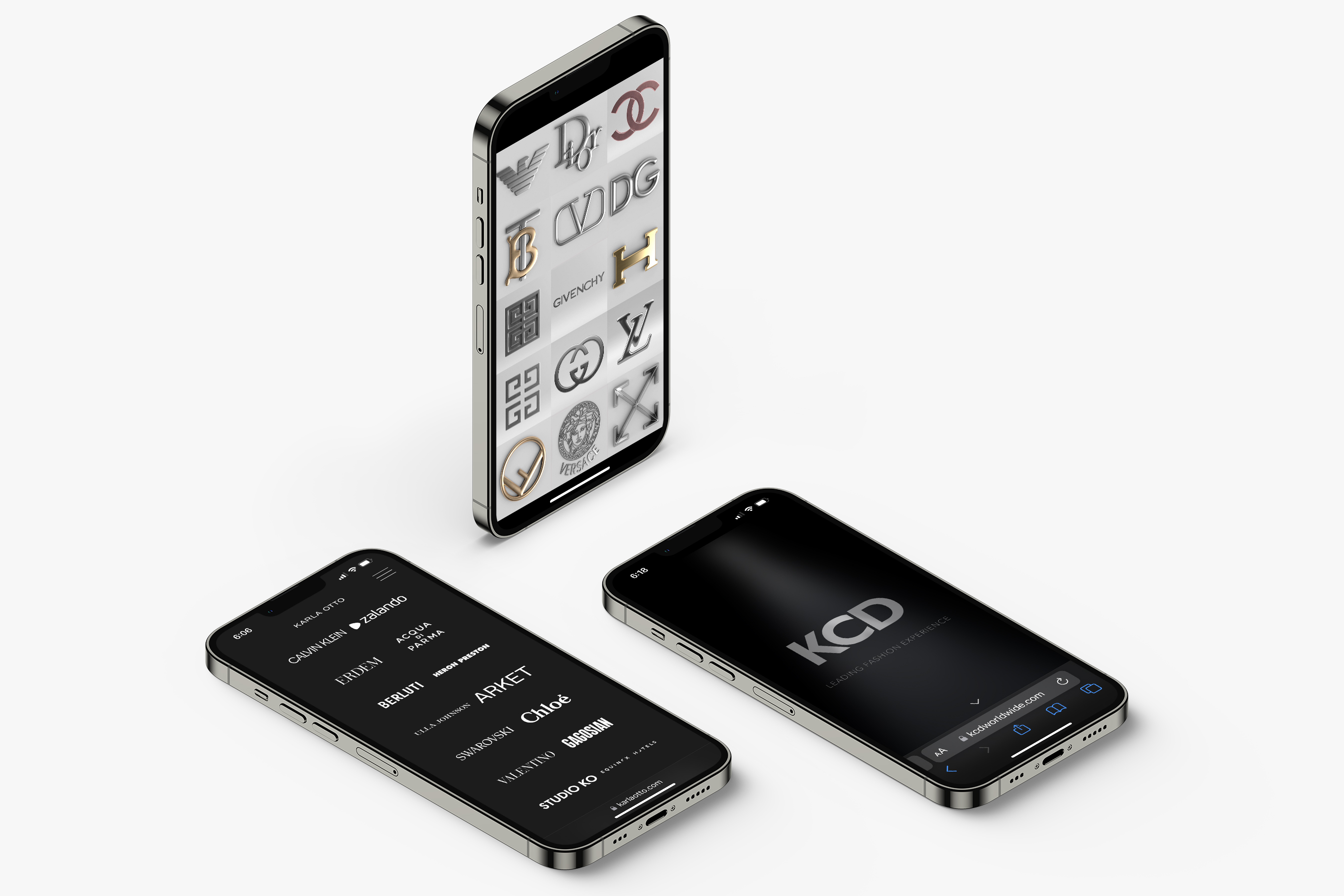From Agency to In-House: Challenging Fashion PR’s Hiring Norms
By Carrie Crecca Maitoza
Attempting to transition from a PR agency to an in-house PR position is an unending challenge faced by fashion PR professionals. While some evolution in this convention is afoot, this is one of those established yet quiet fashion industry conundrums that persists.
The frequent practice of hiring in-house PR professionals, often adhering to the in-house-luxury to in-house-luxury trajectory, raises questions about the industry’s reliance on prestige. Luxury brands and their decision-making processes across the business still clutch onto the “on brand” mantra, a phrase not often said out loud anymore for its exclusionary connotation. Analogous to the approval of celebrity targets who perfectly embody a brand for sample loans or custom looks, this ethos extends to all areas of the business including the hiring practices of PR teams. Is this type of stringent gatekeeping necessary? Upon closer examination, it appears arbitrary and unforgiving, prompting a reevaluation of the industry norms.
By meditating on the difficulty of the transition to an in-house role from an agency role, a pivotal question arises: what opportunities are luxury fashion houses missing out on by dismissing the rich potential of agency professionals? Additionally, how can the fashion industry evolve to recognize and value the diverse skills and perspectives that agency PR professionals bring to in-house roles and therefore break down the prevailing prestige-bias and stigma?
Index
- The notion that in-house professionals are inherently more equipped for other in-house PR roles in luxury fashion vs. their agency counterparts is an antiquated idea.
- The quality of talent at PR agencies is often underestimated.
- In-house brands can benefit from the skills of agency PR professionals, especially now.
Going Backwards to Gain Insight: In-House to Agency


I will speak from the “I” for a moment. I made the opposite move in 2017. I was employed at a luxury in-house fashion brand and after six and half years, I moved into a role at an agency. This is often an atypical move in fashion PR. In my new Fashion Director role at the agency, I was dazzled by the talent in the room. I initially felt like an outsider in a world I had underestimated. The agency challenged my preconceptions, offering a unique environment where creativity flourished without the constraints of rigid brand dynamics. No longer immersed in a single brand, I learned to appreciate the arms-length perspective to my new clients, allowing for broader strategic thinking. I was no longer chugging anyone’s Kool-Aid. I watched my new direct reports float from client call to client call with finesse and marveled at their intelligence and speed. I watched how they wove the common threads of each client together to apply processes yet honored each brand’s differences with tailored tweaks to make it all work– for the brands and for themselves. It was smart. It was an informed approach that I had previously judged was the “copy/paste” or “blanket” approach; a sentiment often repeated in circles outside of the agency fray. Agency life, with its variety, endless resources, communications people everywhere (Hallelujah!) and collaborative atmosphere, contrasted sharply with the more insular in-house environment I had grown accustomed to.
In hindsight, this experience prompted me to revisit my past roles in in-house positions. Reflecting on the hiring practices that I once contributed to, a clear pattern emerged: the unwritten rule was to bring in candidates with either comparable in-house luxury experience or a track record from a rival brand. This unspoken norm, widely accepted in the industry, has become more apparent to me now. I recognize the potential benefits my former in-house teams might have gained from the diverse perspectives and dynamic skill sets that PR people with agency experience could have brought to the table.


PR Professionals with Agency Experience Deserve a Chance to go In-House
I would be remiss to sugarcoat agency life. It can be all-consuming, grueling, and ultimately unsustainable in many cases. The allure of working in-house lies within these simplified areas: better pay, more focused work, better work-life balance. Therefore, when the fashion industry hiring managers perpetuate a bias by keeping in-house roles insular and only available to other in-house candidates, talented PR people everywhere are being denied a promotion. And based on what, exactly? The criteria for an in-house role in fashion PR can include:
- Understanding the Luxury Market
- Brand Alignment
- Focused Skill Set
- Editorial Relationships
- Reputation
None of these areas seem like a legitimate deal breaker. The learning curve for an agency PR person to adapt to these areas would take mere weeks. It should also be noted that in-house professionals, inherently familiar with the dynamics of their brand, may find it easier to navigate interviews and expectations of hiring managers at luxury brands. Therefore, the transition from agency to in-house can be especially challenging, requiring agency professionals to not only understand but embody a brand’s philosophy and essence seamlessly which is a bit unrealistic for an interviewing candidate. The financial allure of in-house roles is undeniable, yet the exclusivity often feels ill-substantiated.
What Does Success Look Like?

What does success look like for brands vying for visibility in the most saturated fashion market and rapidly evolving media landscape of all time? As the outlets evolve, so does success. For a long time, the win in fashion PR was a cover or a full-page credit in the fashion well stories in Vogue. For PR teams back then, cultivating solid editor relationships with industry stalwarts was incredibly important since the genesis of sample loans for editorial purposes. However, such relationships have declined in importance over the last 5-10 years. The type of press brands crave has changed. A fashion well story credit doesn’t move the needle in the way it used to, and brand wins have moved to digital (it goes without saying) feature stories, write ups, timely launch coverage, and all within different corners of the internet. The wins across the media landscape have become less legacy and less coded in hierarchy and prestige and rooted deeper in what works, what sells clothes. Nowadays a product placement inclusion in Becky Malinsky’s 5 Things You Should Buy newsletter on Substack carries more weight with its dialed-in and trusting audience than a market round up elsewhere.
While strategic product placement and fashion well stories are synonymous with a cemented idea of in-house PR, regular pitching of news and storytelling, often imagined by the PR person behind the computer, is synonymous with agency PR. Here are a few qualities luxury brands could be missing out on by keeping hiring practices insular:
- Developed Pitching Muscle: Agency PR professionals pitch daily across multiple clients giving them an edge on forming a compelling pitch and additional frames of reference for what works and what doesn’t.
- Creative Storytelling: Agency PR professionals are more likely to create press-worthy items for the brands they manage as part of their remit and process as they may be more likely to work with brands without advertising dollars and influence for coverage. In contrast and for example, in-house PR professionals of European luxury brands who are based in the United States may oftentimes feel constrained to following communications directives developed in the HQ to share with US press.
- Broad Strategic Approach: Managing multiple clients at one time means having more active participants in the current media landscape and relevant frames of reference which aids in crafting press strategy from brand-to-brand.
- Contacts: While in-house PR people often have solid relationships with editorial contacts, agency PR people may have a wider variety of contacts, namely in digital spaces or freelance roles who are writing stories.
None of this assessment is to take away from in-house PR– I personally spent most of my career in PR in-house. In-house PR people are absolutely talented at what they do and swimming through the dynamics of a single brand takes finesse and savvy. It’s quite challenging to be in a position where in-house PR teams have to self-advocate often. However, the bias around agency PR professionals being less equipped to work in-house comes across as a silly fable in 2024, yet it persists and is due for examination.
Conclusion
Questioning traditional hiring norms that favor in-house PR professionals in the luxury fashion space can only help the wider industry evolve. We all benefit from examining ingrained belief systems that no longer serve the wider industry in modern day. Luxury brands can benefit from the agile and dynamic skill set of agency PR people especially with more emphasis being placed on press coverage that is less about head-to-toe runway looks in glossy fashion well stories. Success for brands within today’s ever-changing media landscape requires questioning the hiring norms for in-house teams a bit more deeply, embracing diverse perspectives, and recognizing the valuable contributions that agency professionals can make to in-house PR teams. Breaking free from entrenched practices becomes the progressive choice which is needed in all corners of the fashion industry.
